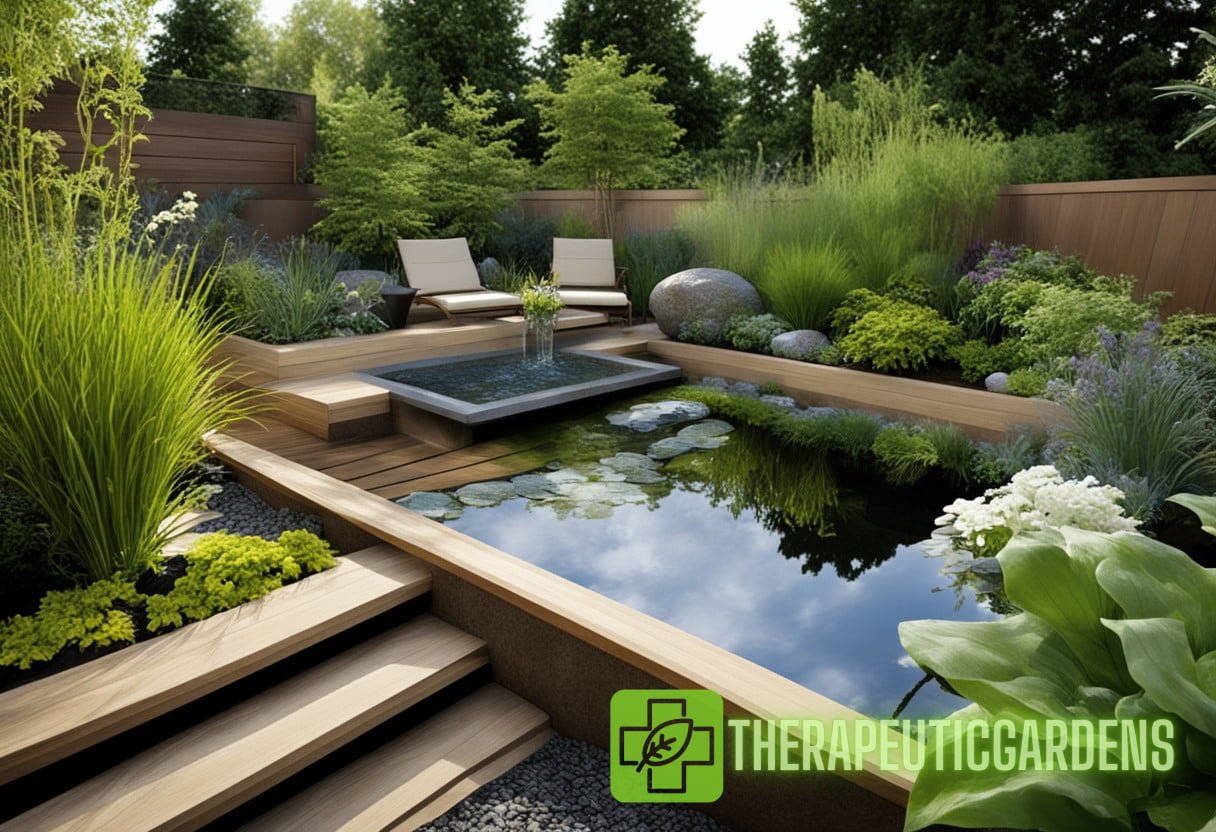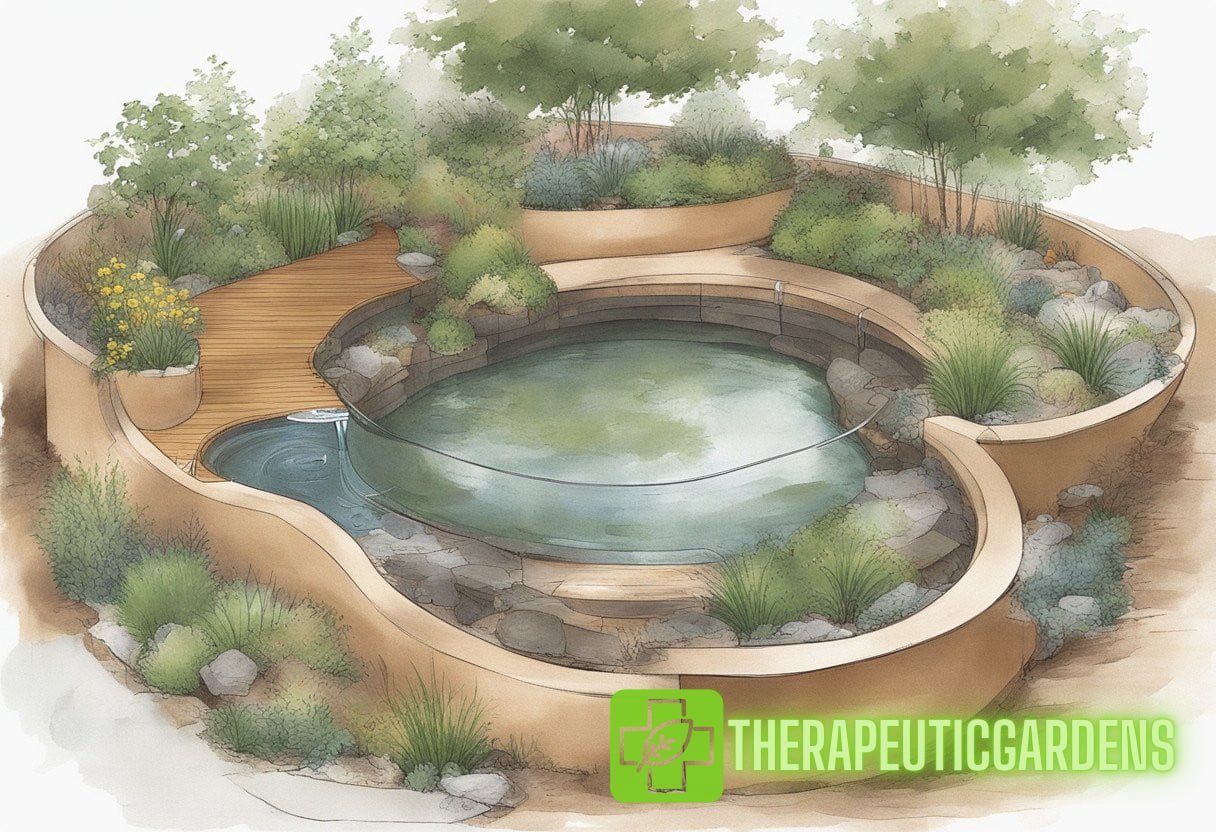The Future of Wellness: Integrating Rainwater Harvesting in Therapeutic Gardens
In the evolving domain of sustainable practices, therapeutic gardens have emerged as a pivotal element for personal wellness and environmental conservation. Integrating rainwater harvesting in these gardens is becoming an innovative trend that combines ecological responsibility with therapeutic benefits. This comprehensive article delves into the profound impact of rainwater harvesting on therapeutic gardening, presenting a future-oriented perspective for wellness and sustainability.
Understanding Therapeutic Gardens
Therapeutic gardens are specially designed outdoor spaces that promote physical, mental, and emotional well-being. These gardens often feature a combination of plants, flowers, water elements, and pathways to encourage relaxation and healing. Their designs are influenced by horticultural therapy principles, which support human health and well-being through garden-related activities.
The Rise of Rainwater Harvesting
Rainwater harvesting involves collecting and storing rainwater for reuse, significantly reducing dependence on traditional water supplies. This practice is gaining traction due to increasing concerns about water scarcity and the need for sustainable water management. The integration of rainwater harvesting systems into therapeutic gardens brings numerous advantages, making it a crucial aspect of contemporary gardening.
Benefits of Rainwater Harvesting in Therapeutic Gardens
- Environmental Conservation: Rainwater harvesting minimizes runoff, lowering soil erosion and reducing the impact on local water bodies.
- Cost-Effective: Utilizing harvested rainwater decreases the need for municipal water, leading to significant cost savings.
- Plant Health: Rainwater is typically free from contaminants and minerals found in tap water, promoting healthier plant growth.
- Sustainability Education: Therapeutic gardens with rainwater systems can serve as educational tools, fostering an understanding of sustainable practices among visitors.
Implementing Rainwater Harvesting Systems
Establishing an effective rainwater harvesting system in a therapeutic garden involves several critical steps. Below, we outline a systematic approach to implementing these systems:
Site Assessment
A comprehensive site assessment is the first step in designing a rainwater harvesting system. This includes evaluating the garden’s topography, existing infrastructure, annual rainfall, and the specific water needs of the plants. Understanding these factors helps in creating a tailored system that maximizes efficiency.
System Design
Based on the site assessment, the next stage is designing the rainwater harvesting system. Key components include:
- Catchment Area: Usually the garden roof or other surfaces where rainwater is collected.
- Gutters and Downspouts: Direct rainwater from the catchment area to the storage system.
- Storage Tanks: Varying in size, these tanks store the collected rainwater for future use.
- Filtration Systems: Essential for removing debris and ensuring water quality before use.
- Distribution Mechanisms: Pumps and distribution networks that channel the water to various parts of the garden.

Installation and Maintenance
Proper installation and regular maintenance are critical to the long-term success of a rainwater harvesting system. Components must be installed according to design specifications, and routine maintenance checks should be conducted to ensure the system remains functional and efficient.
Case Studies and Real-Life Examples
Across the globe, numerous therapeutic gardens have successfully integrated rainwater harvesting systems, showcasing the synergy between nature and sustainable practices. For instance, this comprehensive guide offers detailed insights into sustainable practices implemented in therapeutic gardens, emphasizing the significant impact of rainwater harvesting.
Green Spaces Initiative
The Green Spaces Initiative in California implemented rainwater harvesting across several community therapeutic gardens. This project not only enhanced the gardens’ self-sufficiency but also educated visitors on the importance of sustainable water management. Community participation increased as locals engaged in workshops and gardening activities centered around the harvested rainwater.
Urban Wellness Park
The Urban Wellness Park in New York City incorporates advanced rainwater harvesting technology, making it a model for urban therapeutic gardens worldwide. The system collects rainwater from rooftop gardens and permeable surfaces, which is then used for irrigation and water features within the park. According to park officials, the integration of rainwater harvesting has reduced water consumption by over 40%.
Future Trends in Rainwater Harvesting and Therapeutic Gardens
Technological Advancements
With the advent of new technologies, rainwater harvesting systems are becoming more efficient and easier to maintain. Innovations such as smart sensors and automated controls are revolutionizing the way we collect and use rainwater. These technologies allow for real-time monitoring and automatic adjustments, optimizing the system’s performance and ensuring a consistent water supply.
Collaborative Approaches
Future advancements in rainwater harvesting and therapeutic gardens will likely involve collaborative efforts among governments, NGOs, and private sectors. Joint ventures and partnerships can pool resources and expertise to develop large-scale projects that benefit communities and the environment. Programs focused on educating and engaging the public will play a crucial role in the widespread adoption of these sustainable practices.
Climate Resilience
As climate change impacts become more pronounced, integrating rainwater harvesting in therapeutic gardens can enhance resilience. By reducing dependence on city water supplies and utilizing natural resources more effectively, these gardens can adapt to changing weather patterns. This approach not only supports environmental sustainability but also ensures that therapeutic spaces remain functional and beneficial during droughts or water restrictions.
Conclusion
The integration of rainwater harvesting in therapeutic gardens embodies a forward-thinking approach to sustainability and wellness. As we navigate the challenges of water scarcity and environmental degradation, adopting rainwater harvesting systems offers a viable solution that harmonizes human needs with ecological preservation. By fostering healthier plants, conserving water, and promoting education, rainwater harvesting can transform therapeutic gardens into resilient sanctuaries that nurture both people and the planet.
For additional insights into sustainable practices within therapeutic gardening, explore our article on dew harvesting. Embrace the future of wellness by integrating innovative water management techniques into your garden today!



